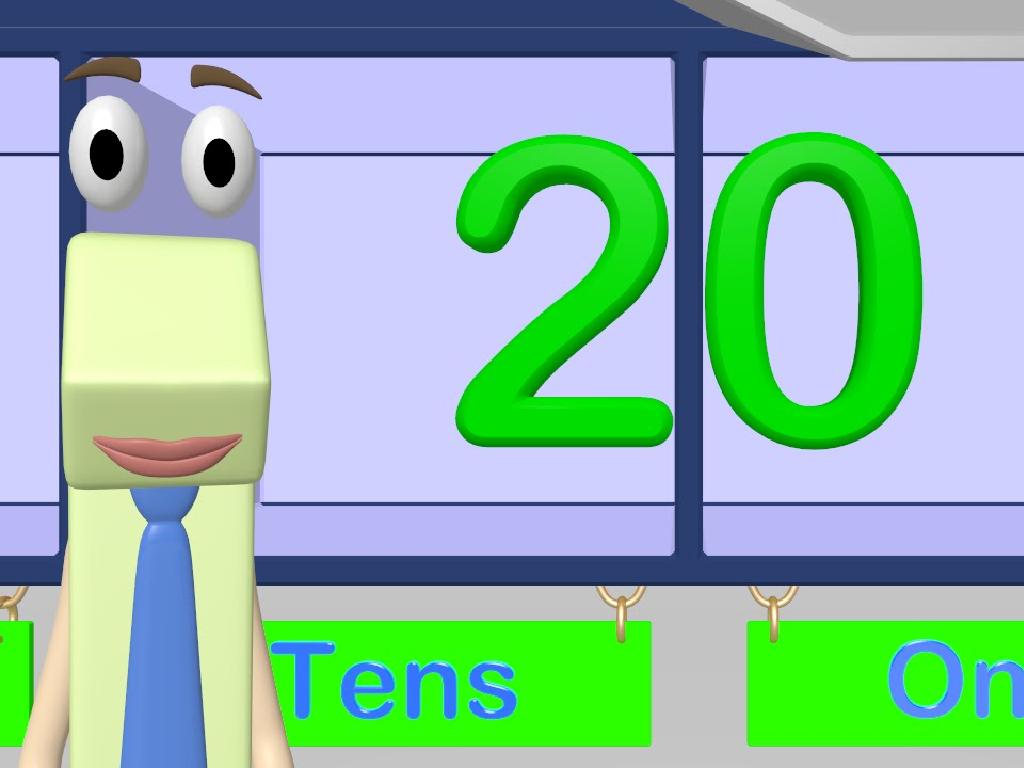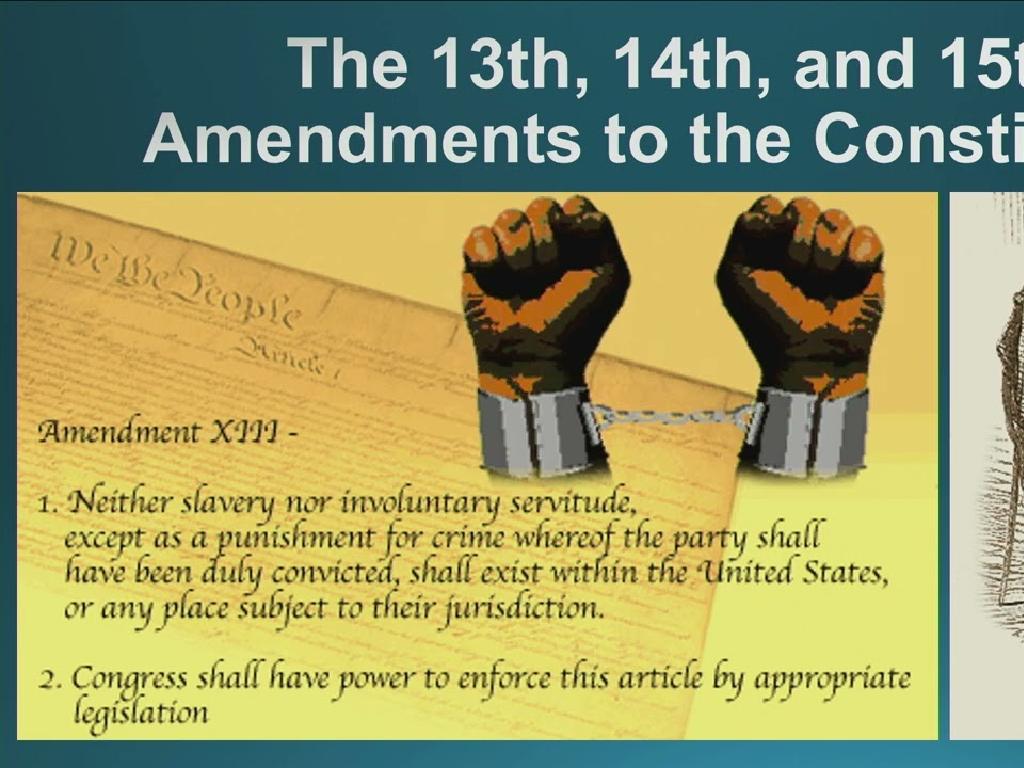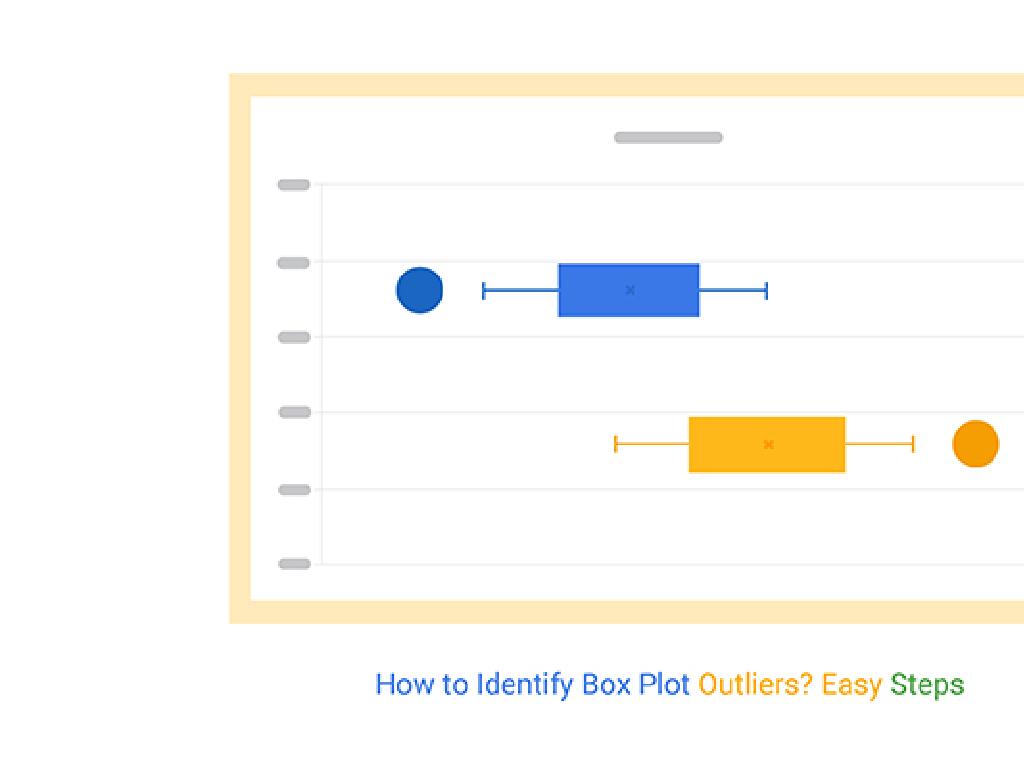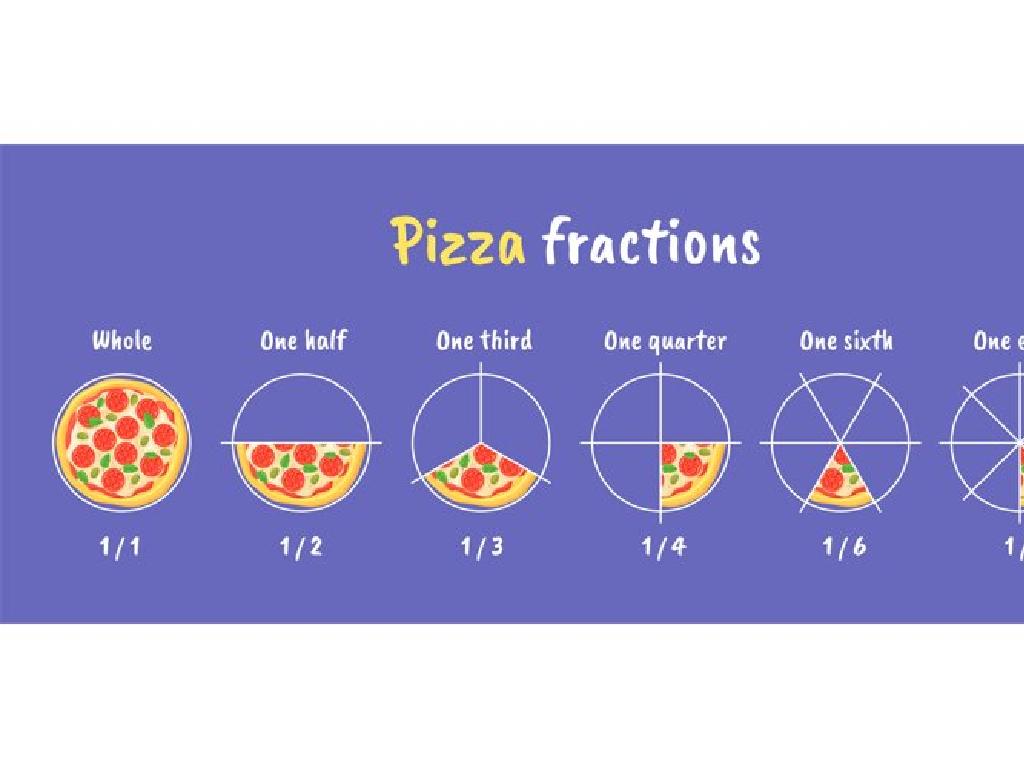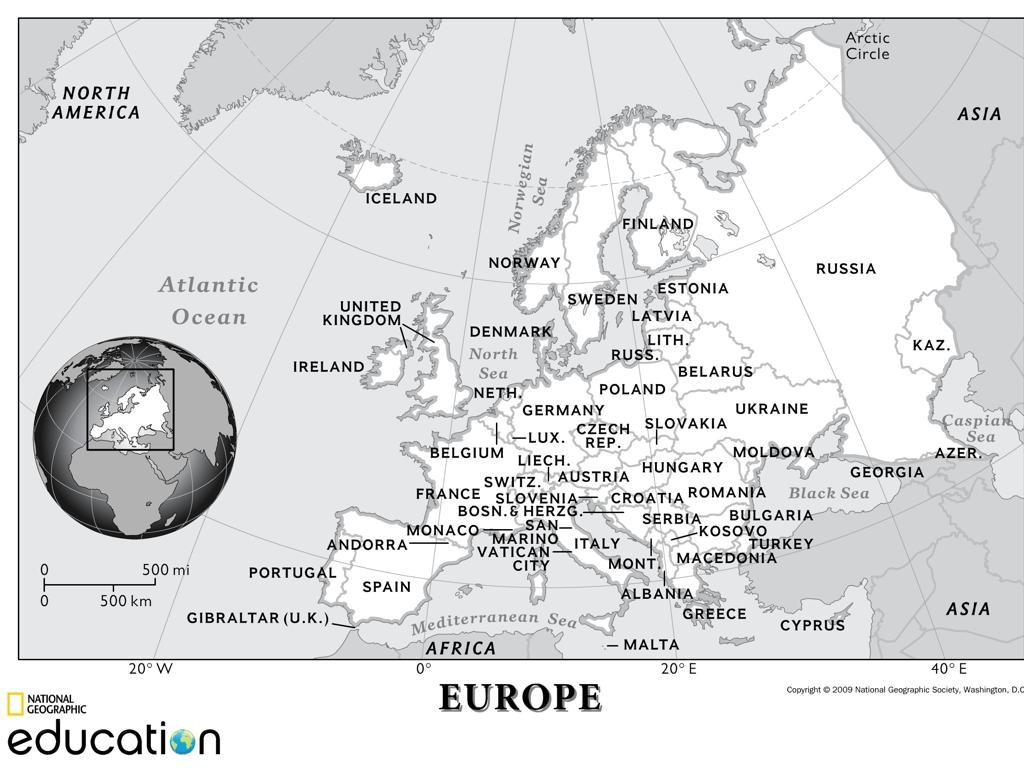Interpret Ball-And-Stick Models
Subject: Science
Grade: Fifth grade
Topic: Atoms And Molecules
Please LOG IN to download the presentation. Access is available to registered users only.
View More Content
Exploring Atoms and Molecules
– Atoms: Matter’s building blocks
– Atoms are tiny particles that make up all matter.
– Molecules: Atoms join together
– When atoms bond, they form molecules, which are groups of atoms.
– Forming the world we see
– Everything around us is made of atoms and molecules, from the air we breathe to the chairs we sit on.
– Ball-and-stick models: A visual tool
– These models help us visualize how atoms bond and arrange themselves to form molecules.
|
This slide introduces the fundamental concepts of atoms and molecules to fifth-grade students. Begin by explaining that atoms are the smallest units of matter, the building blocks that make up everything in the universe. Then, describe how atoms can bond together to form molecules, which are combinations of two or more atoms. Emphasize that everything we can touch, see, and interact with is composed of these atoms and molecules. Introduce ball-and-stick models as a way to visualize these tiny structures, which are too small to see with the naked eye. Use simple, relatable examples to help students connect these abstract concepts to the real world. Encourage questions to ensure understanding.
Understanding Atoms in Ball-and-Stick Models
– Atoms: Smallest unit of elements
– Like a tiny solar system with a nucleus in the center and electrons orbiting around
– Composed of protons, neutrons, electrons
– Protons (positive), neutrons (neutral), electrons (negative) make up atoms
– Atoms form the basis of molecules
– Atoms bond together to create all the different substances
|
This slide introduces the concept of atoms as the fundamental building blocks of matter, which is essential for understanding ball-and-stick models. Emphasize that atoms are the smallest units that still retain the properties of an element. Explain that they consist of a nucleus made of protons and neutrons, with electrons orbiting around. Clarify that when atoms bond together, they form molecules, which are represented in ball-and-stick models. Use simple analogies, like comparing the atom to a miniature solar system, to help students visualize the structure. Encourage students to think of atoms as LEGO blocks that can be put together in different ways to create a variety of molecules.
Meet the Molecule: Building Blocks of Matter
– Molecules: bonded atom groups
– Atoms connect like puzzle pieces to form molecules.
– Simple molecule examples: H2O, O2, CO2
– Water (H2O), Oxygen (O2), and Carbon Dioxide (CO2) are all around us.
– Molecules determine properties
– The way atoms bond in a molecule affects how the substance looks and feels.
– Exploring molecule interactions
– See how different molecules act in different states: solid, liquid, gas.
|
This slide introduces the concept of molecules to fifth-grade students, explaining that they are groups of atoms bonded together. Use everyday examples like water (H2O), oxygen (O2), and carbon dioxide (CO2) to illustrate simple molecules. Discuss how the arrangement of atoms within a molecule gives substances their unique properties, such as water being liquid at room temperature. Encourage students to think about how different molecules can interact with each other, leading to changes in state from solid to liquid to gas. This will help them understand the importance of molecules in everything they see and touch.
Understanding Ball-and-Stick Models
– Visualize atoms & bonds in 3D
– Imagine seeing inside a tiny molecule
– Balls for atoms, sticks for bonds
– Each ball is an atom, sticks show how they connect
– Colors & sizes show elements
– Different elements have unique colors and sizes
– Learn to read model information
– We’ll practice interpreting what these models tell us
|
This slide introduces students to the concept of ball-and-stick models used to represent molecules in three dimensions. Emphasize that the balls symbolize atoms, the basic units of matter, while the sticks illustrate the bonds that hold these atoms together. Explain how the colors and sizes of the balls are not arbitrary but correspond to specific elements on the periodic table, which helps in identifying the types of atoms in a molecule. Encourage students to think of these models as a map that scientists use to understand how atoms are arranged in a substance. In subsequent activities, students will practice interpreting these models to gain a better understanding of molecular structures.
Interpreting Ball-and-Stick Models
– Identify different atoms
– Atoms are shown as balls, color-coded for each element
– Understand bond representation
– Sticks between balls represent bonds, like invisible glue
– Recognize molecular shapes
– Shapes show how molecules look in 3D, like H2O’s V shape
– Explore structures in models
– Structures help us see how atoms are connected in a molecule
|
This slide introduces students to the concept of ball-and-stick models used to represent molecules in chemistry. Each ball represents a different atom, with color coding to differentiate between elements. The sticks illustrate the bonds that hold the atoms together. By examining these models, students can visualize the three-dimensional shapes of molecules and understand how the atoms are arranged. Encourage students to look for patterns in molecular shapes and consider how the structure affects the properties of the substance. Hands-on activities with model kits or interactive simulations can reinforce these concepts and help students build their own ball-and-stick models.
Building Our Own Ball-and-Stick Models
– Activity: Build ball-and-stick models
– Materials: Balls, sticks, model kits
– Create a water molecule model
– H2O: 2 hydrogen (small balls), 1 oxygen (big ball), sticks to connect
– Create a carbon dioxide molecule model
– CO2: 1 carbon (big ball), 2 oxygen (big balls), sticks for bonds
|
This slide introduces a hands-on activity where students will construct their own ball-and-stick models to visualize molecules. The activity will help students understand how atoms bond to form molecules. Provide a variety of colored balls to represent different atoms and sticks to represent bonds. For water, students will use two small balls (hydrogen) and one larger ball (oxygen) connected in a V shape. For carbon dioxide, they will connect one carbon atom to two oxygen atoms in a straight line. Encourage creativity and ensure safety while handling the model kits. Possible variations of the activity could include constructing models of other simple molecules, comparing different molecule shapes, or even creating a gallery of student-made models for classroom display.
Class Activity: Molecular Architects
– Pair up and build a molecule
– Pick a molecule card to interpret
– Construct the ball-and-stick model
– Use balls for atoms, sticks for bonds
– Present your model to the class
– Explain what your molecule does in nature
|
This activity is designed to help students understand the structure of molecules and how they are represented in ball-and-stick models. Students will work in pairs to foster collaboration. Provide a variety of molecule cards for students to choose from, ensuring a mix of simple and more complex molecules. Each pair will interpret their chosen molecule card and use the provided materials (balls and sticks) to build a 3D model. Once completed, each pair will share their model with the class and explain its significance, such as where it’s found in nature or its importance to human life. For the teacher: Prepare molecule cards with different molecules, ensure enough building materials are available, and guide students through the activity, offering help with interpretation and model construction. Possible molecules include water (H2O), carbon dioxide (CO2), oxygen (O2), and methane (CH4).
Review: Ball-and-Stick Models in Chemistry
– Recap ball-and-stick models
– Remember, balls represent atoms, sticks are bonds.
– Ask your questions
– Why models matter in chemistry
– Models simplify complex concepts, like molecules.
– Interactive Q&A session
– Share your thoughts or ask about anything unclear.
|
This slide aims to consolidate the students’ understanding of ball-and-stick models and their application in representing molecules. Begin with a brief recap, highlighting that balls symbolize atoms and sticks represent the bonds between them. Open the floor to students, encouraging them to ask questions about anything they find confusing or intriguing. Emphasize the significance of using models in chemistry to simplify and visualize complex structures and interactions at the molecular level. Engage the class in an interactive Q&A session, addressing their queries and facilitating a discussion that reinforces their comprehension of the topic.
Wrapping Up: Atoms, Molecules & Homework
– Recap: Atoms & Molecules
– Atoms are building blocks, molecules are two or more atoms bonded together.
– Homework: Draw 3 molecules
– Choose any three molecules like water (H2O), carbon dioxide (CO2), or oxygen (O2).
– Label your ball-and-stick models
– Show the atoms as balls, bonds as sticks, and use colors or labels.
– Next Class: Periodic Table
|
Today’s lesson focused on understanding the basic structure of matter, distinguishing between atoms and molecules, and interpreting ball-and-stick models. For homework, students should apply this knowledge by drawing ball-and-stick models of three different molecules, ensuring they label the different atoms and bonds correctly. This will reinforce their understanding and prepare them for the next lesson on the Periodic Table of Elements. Encourage creativity and remind them to review their notes if they need help recalling how to represent molecules. Next class, we’ll explore how these atoms relate to the Periodic Table, setting the foundation for understanding chemical elements.

